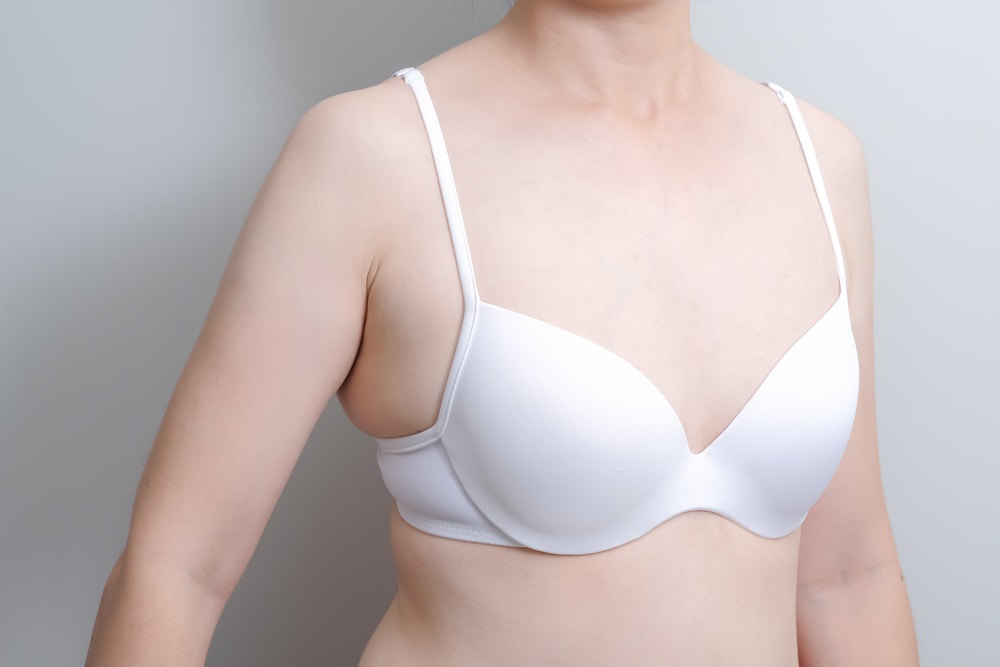- 25% of all adults have varicose or spider veins.
- For over 75 years, sclerotherapy has been the leading procedure to remove them.
- Sclerotherapy is simple, fast, effective, and comes with limited side-effects or potential risks.
- Recovery is practically instantaneous.
What is sclerotherapy?
Sclerotherapy is a microinjection procedure to treat spider and varicose veins. It’s widely considered to be the “gold standard” of treatment options, most notably for spider veins.
The procedure involves injecting a sclerosing solution into the problem veins with an extremely tiny needle. Once injected, this solution, comprised of either hypertonic saline or sodium tetradecylsulfate, causes an irritation to the inner lining of the vein, corroding it’s walls until it finally collapses, at which point it is absorbed by the body and gradually fades until it clears away completely.
Dr. Brian Heeringa, a board-certified general surgeon and vein specialist with a practice in Northern Michigan, elaborates further on the process: “Sclerotherapy involves injecting a medicine into the diseased veins with a tiny needle. The needles used for sclerotherapy are typically about the same size as a hair follicle, which is why patients frequently describe the sensation as akin to a mosquito bite. Sclerotherapy can be done under visual or ultrasound guidance in the physician’s office.”
How do you prepare for a sclerotherapy session?
Sclerotherapy is a relatively simple procedure that doesn’t require any significant advance preparation.
“Once the physician has determined that sclerotherapy is needed,” says Dr. Heeringa, “there is no specific preparation required. Patients should shower before their appointment and avoid putting lotion or makeup over the areas to be treated.”
“Wear loose comfortable clothing,” adds Dr. Lee, “and refrain from drinking alcohol the day of your treatment.”
Where is the procedure performed?
Sclerotherapy treatments are typically conducted in the doctor’s office or clinic and don’t generally require anesthesia. For patients who are scared of needles or particularly sensitive to pain, however, a topical local anesthetic can be applied on the skin roughly 30 minutes prior to the procedure.
What results can I expect from sclerotherapy?
Once spider veins have been resolved, they are gone forever. However, new spider veins may appear in other areas, and if so, additional treatment sessions may be needed.
As Dr. Heeringa explains: “Sclerotherapy has excellent long-term results for the veins that were treated. Unfortunately, the underlying genetic and environmental factors that led to the development of the varicosities in the first place typically exist and therefore the risk for developing new spider veins or varicose veins is ever-present. Early recurrence can also occur if there are varicose veins under the skin that weren’t treated prior to doing sclerotherapy of the surface spider veins.”
Risks and Side Effects
Sclerotherapy is a generally safe procedure with little risk of serious complications occurring.
“Risks such as blood clots, allergic reactions and ulcers are very rare,” confirms Dr. Larisse Lee, a board-certified vascular surgeon with a busy practice in Los Angeles. “Some patients could develop hyperpigmentation of the treatment area — typically a brownish discoloration — which is usually temporary.”
Dr. Heeringa also acknowledges that potential negative side effects from sclerotherapy are limited, but adds that “some bruising and tenderness can occur at the site of the treated veins. Plus, staining of the skin is another rare side effect, but the risk is increased by tanning or sun exposure after the procedure.”
Dr. Heeringa further adds that “sclerotherapy can be done with either liquid or foam medication. And while foam often works better, it has a 1% risk of temporary visual disturbances such as those experienced by patients with ocular migraines.”
Aftercare
“Patients typically need to wear compression stockings for a few days after the procedure and are encouraged to remain active,” says Dr. Heeringa. “Most patients engage in normal activities immediately after the procedures. Depending on the size and quantity of veins treated, they may be discouraged from flying for the first few days afterward and sunbathing may also be discouraged as it can increase the risk of staining the skin along the course of the injected vein.”
Dr. Lee says she instructs her patients that they can resume light activities immediately after treatment, “but no vigorous exercise for that day. We also encourage patients to walk a lot and wear compression stockings to promote healing.”
Recovery Time
There is minimal formal recovery required after sclerotherapy. It is an outpatient procedure.
How many sclerotherapy treatments are required?
In the majority of instances, approximately 2-5 treatments are required in order to realize the desired outcome. In some minor cases where there are limited spider veins, occasionally only one session is needed.
Dr. Lee notes that much depends on the extent of the problem, but even if in most cases “multiple sessions may be required, sclerotherapy sessions only take 20 minutes to complete.”
Dr. Heeringa confirms that the amount of time required “varies depending on how many veins the provider will treat in a single session.”
Who is a good candidate?
Pretty much anyone who has spider veins is a good candidate for sclerotherapy so long as they aren’t pregnant, have cardiovascular disease, undergone heart bypass surgery, or have a history of blood clots in the area to be treated.
Sclerotherapy can be a great solution to treat varicose veins as well, so long as the veins in question aren’t too large, in which case they are usually best treated through lasers or alternate methods.
The best way to find out if your varicose veins can be treated with sclerotherapy is to contact a nearby board-certified vascular surgeon or vein specialist and arrange for a consultation. Upon examination your doctor will be able to immediately determine if you are a suitable candidate for the treatment.
Will health insurance cover the cost?
Few if any health insurance policy’s in the United States will cover the cost of sclerotherapy for spider veins, as removing them is not considered a medical issue but rather strictly cosmetic.
Varicose veins, however, can be a different story under certain conditions. “Insurance will typically cover sclerotherapy for medical vein disease (varicose veins) if the patient is symptomatic, has documented venous reflux, and has not had resolution of their symptoms after a trial of compression therapy,” confirms Dr. Heeringa.
Cost
As with most plastic surgery procedures in the United States, the cost can vary greatly depending upon your geographic location, the experience level of your physician, and the length of the sclerotherapy session itself.
According to the American Society of Plastic Surgeons (ASPS), in 2016 the average cost of a sclerotherapy session in the United States was $326.
Dr. Lee says she charges $350 per session at her clinic in Los Angeles while Dr. Heeringa says he has “seen prices ranging from $150 to $800 for a single sclerotherapy session,” adding that “it’s important when scheduling cosmetic sclerotherapy to ask how much time is typically spent on that session, what areas will be treated, and how many sessions are expected to be needed to obtain the desired results.”
In the grand scheme of cosmetic procedures, sclerotherapy is a relative bargain. It’s quick, consistently provides satisfactory results, requires little to no recovery time, and once your spider or varicose veins have been treated, they are permanently gone.









